Ancient Luxor (الأقصر), or Ancient Thebes, in Upper (southern) Egypt was the site of the Ancient Egyptian city of Waset, known to the Greeks as Thebes, Luxor has frequently been characterized as the "world's greatest open-air museum", as the ruins of the temple complexes at Karnak and Luxor stand within the modern city. Immediately opposite, across the River Nile, lie the monuments, temples and tombs of the west bank Necropolis, which includes the Valley of the Kings and Valley of the Queens.
The history of ancient Luxor spans over 4,000 years, making it one of the oldest and most continuously inhabited cities in the world. Its roots can be traced back to the 11th dynasty of the Middle Kingdom of Egypt (circa 2000 BCE). In ancient times, Luxor was known as Waset or Thebes and served as the capital of the New Kingdom, the golden age of ancient Egypt. During this period, it became a center of immense wealth and power, with pharaohs constructing awe-inspiring temples, obelisks, and monuments that still captivate the world today.
Ancient Luxor, located in modern-day Luxor, Egypt, is often referred to as the world's greatest open-air museum due to its wealth of historical and archaeological treasures. The city's history dates back thousands of years to the ancient Egyptian civilization, making it one of the most significant cultural and religious centers in the ancient world.
Luxor was once known as Thebes, the glorious capital of Egypt during the New Kingdom period (1550-1070 BCE). During this time, Thebes reached the height of its power and influence, becoming a hub of art, culture, and architecture.
The city was home to the grand temples of Karnak and Luxor, dedicated to the gods Amun-Ra and Mut, showcasing the architectural prowess of ancient Egyptians. The Valley of the Kings, located on the west bank of the Nile in Luxor, served as the burial site for pharaohs and nobles, including the famous Tutankhamun, whose tomb was discovered nearly intact in 1922, unveiling a trove of precious artifacts.
Throughout its history, Luxor faced periods of prosperity and decline, experiencing occupations by various civilizations, including the Persians, Greeks, and Romans. Each culture left its mark on the city, enriching its heritage. The decline of ancient Luxor began with the shift of Egypt's capital to Alexandria and the rise of Christianity, leading to the fading of the city's religious significance.

The Precinct of Amun-Re, situated on the east bank of the Nile River in Luxor, Egypt, Karnak stands as one of the largest temple complexes in the world. Its construction spanned over 2,000 years, beginning in the Middle Kingdom (around 2055 BCE) and continuing through to the Ptolemaic period. The Precinct of Amun-Re, the heart of the Karnak complex, was dedicated to the principal god of the ancient Egyptian pantheon, Amun-Re. Read More
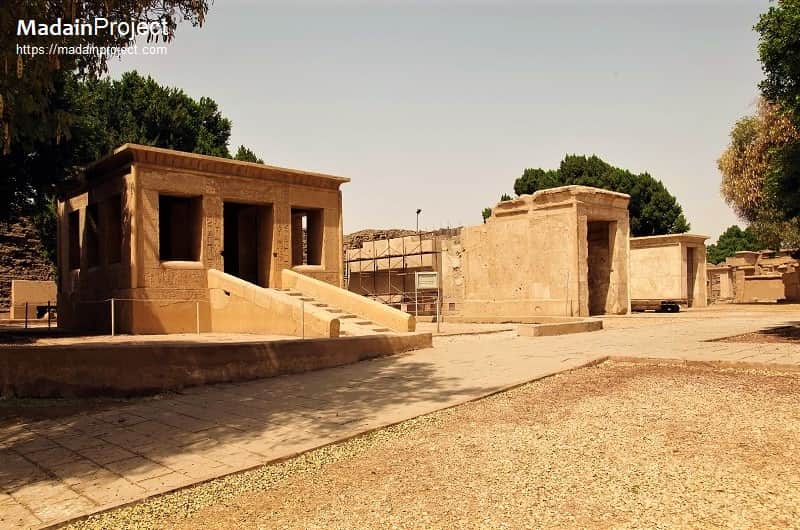
Unlike the grandeur of the main temple structures, this museum provides an intimate and immersive experience, allowing enthusiasts and scholars alike to witness the marvels of ancient Egyptian art and craftsmanship up close. Within the open-air museum, visitors can encounter a diverse collection of artifacts, including intricately carved statues, stelae, and architectural elements that once adorned the temples and sanctuaries of Karnak. Read More
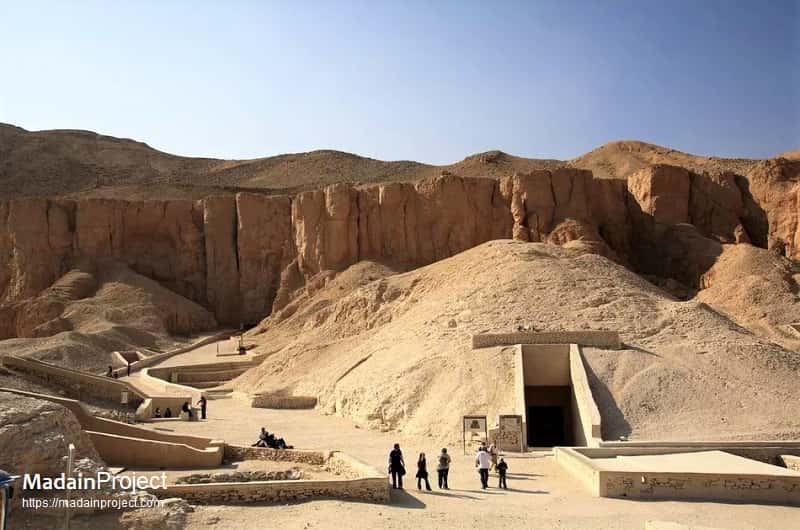
The Valley of the Kings, a royal pharaonic burial site, served as the burial ground for some of Egypt's most illustrious pharaohs and nobles during the New Kingdom period, roughly spanning from the 16th to the 11th century BCE. Unlike the grand temples and open-air monuments that adorn the east bank of the Nile, the Valley of the Kings is renowned for its hidden treasures concealed beneath the rugged desert cliffs. Read More
Aten City, also known as The Dazzling Aten, is an ancient Egyptian city located on the west bank of the Nile in the Theban Necropolis near Luxor. It was named after the Egyptian sun god Aten and appears to have been a large administrative and industrial center during the reign of Pharaoh Amenhotep III in the 14th century BCE. The city remained relatively intact for over 3,000 years, and recent excavations beginning in 2020 have revealed the city to be the largest of its kind in ancient Egypt with an exceptional level of preservation, leading to comparisons with the preserved city of Pompeii.

Luxor Temple, an architectural marvel, dedicated to the Theban triad of Amun, Mut, and Khonsu, was originally founded during the New Kingdom period, around 1400 BCE, and served as a center for religious rituals, festivals, and administrative functions, making it a vibrant hub in the heart of ancient Thebes. Over millennia, the temple underwent various expansions and enhancements under different pharaohs, each leaving their mark on its illustrious facade. Read More
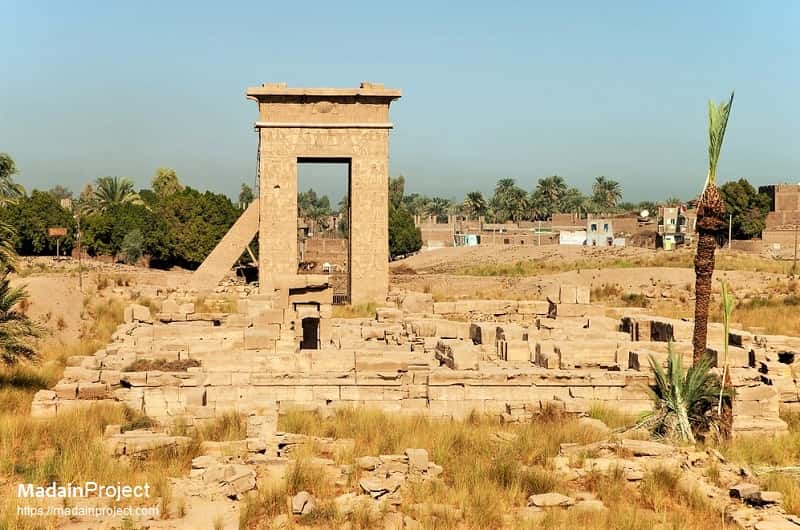
The Precinct of Montu within the Karnak Temple Complex, dedicated to the god Montu, the ancient Egyptian deity associated with war and the sun, was established during the Middle Kingdom period (around 2055-1650 BCE) and flourished further during the New Kingdom era (1550-1070 BCE). Over centuries, various pharaohs contributed to the expansion and embellishment of the Precinct of Montu, which mostly lies in ruin today. Read More
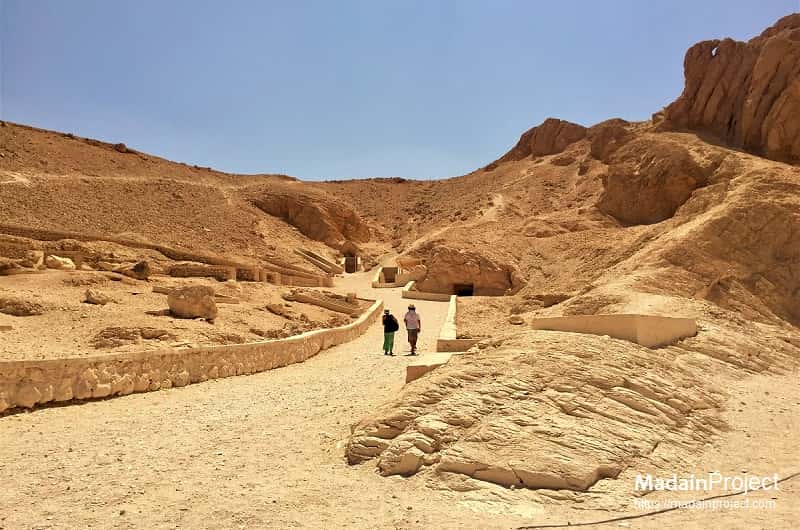
Unlike its more famous counterpart, the Valley of the Kings, this serene and picturesque valley was the final resting place for many queens, princesses, and high-ranking officials of the New Kingdom era, roughly spanning from the 16th to the 11th century BCE. The valley, surrounded by majestic cliffs and nestled amid the Theban Hills, served as a sacred burial ground where the elite of ancient Egyptian society were interred. Read More
The Karnak Temple Complex is a vast ancient Egyptian temple complex located in the city of Thebes, near modern-day Luxor. It was constructed over a period of more than 1,500 years and was dedicated to the worship of the god Amun, his consort Mut, and their son Khonsu. The complex includes a vast array of temples, chapels, obelisks, series of colossal statues, towering columns and other structures, many of which were built by the pharaohs of the New Kingdom, including Hatshepsut, Thutmose III, and Ramses II.

The ancient village of Deir al-Medina, a remarkable archaeological site that offers a rare glimpse into the daily lives of the artisans and craftsmen who built the grand tombs of pharaohs in the nearby Valley of the Kings and the Valley of the Queens. Established during the New Kingdom period (around 1550-1070 BCE), this unique settlement housed the skilled workers, including builders, artists, and laborers, responsible for constructing the elaborate tombs and temples that characterize ancient Egyptian civilization. Read More
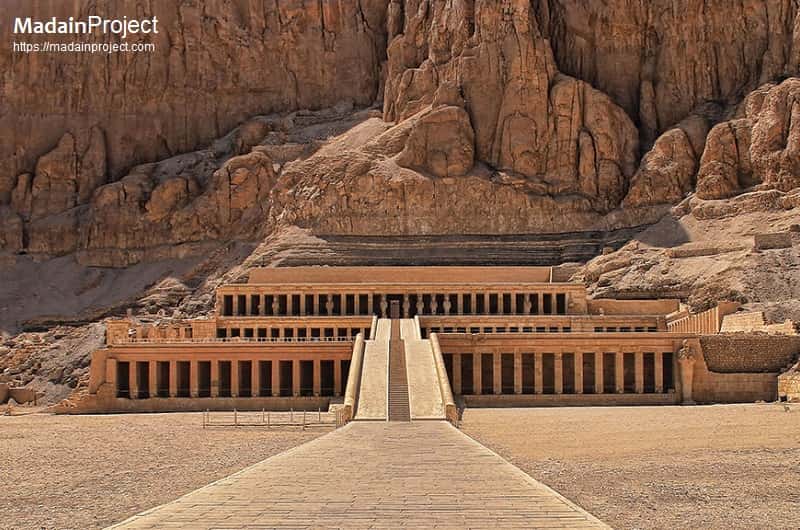
The ancient Deir el-Bahari, situated on the west bank of the Nile River near Luxor (ancient Thebes), is an extraordinary archaeological site. Carved into the cliffs of the Theban Mountains during the fifteenth century BCE, the site is home to one of the most innovative and elegant structures of its time, the Mortuary Temple of Hatshepsut. The temple complex was not limited to Hatshepsut alone; it also housed the mortuary temples of Mentuhotep II and III, pharaohs of the 11th dynasty, built centuries before Hatshepsut's reign. Read More

The ancient site of Deir el-Shelwit, located in Upper Egypt was constructed during the Ptolemaic period, around the 3rd century BCE, and continued to be expanded and enhanced during the Roman era. Dedicated to the goddess Isis, this temple served as a center for the worship of the Egyptian goddess and the practice of her mystical cult. Read More
Built during the 15th century BCE, this grand structure is one of the most iconic and well-preserved temples in the country. It was constructed in honor of Hatshepsut, one of ancient Egypt's most notable pharaohs and the country's first female ruler. The temple is a harmonious blend of natural surroundings and human-made marvels, nestled against the rugged cliffs of the Theban Mountains, providing a dramatic backdrop that enhances its awe-inspiring presence. Hatshepsut's temple was not only a place of worship but also a powerful political statement, showcasing her legitimacy as a ruler. The temple's reliefs and inscriptions depict her divine lineage, emphasizing her connection to the god Amun, and narrate her ambitious military campaigns and prosperous trade expeditions.

The Mortuary Temple of Ramesses III, commonly known as the Medinet Habu Temple, was built during the 12th century BCE for Pharaoh Ramesses III, the last great pharaoh of the New Kingdom era. Medinet Habu served as both a mortuary temple for the pharaoh and a powerful symbol of divine authority. The Medinet Habu Temple is renowned for its stunning reliefs and hieroglyphics, depicting scenes from battle campaigns, religious rituals, and everyday life in ancient Egypt. Read More

Constructed during the Ptolemaic dynasty (305-30 BCE), this temple served as a place of worship and offerings for the villagers and workers of Deir el-Medina. It was an important religious center, where the local community could venerate Hathor and seek her blessings and protection. The temple's design, renowned for its well-preserved reliefs and inscriptions depicting various aspects of daily life and religious rituals, typically included a courtyard, a hypostyle hall with columns, and inner sanctuaries. Read More

More commonly known as the Theban tombs or the Theban Necropolis is an ancient Egyptian cemetery located on the west bank of the Nile. In addition to the more famous royal tombs located in the Valley of the Kings and the Valley of the Queens, the site is the burial place of of some of the powerful courtiers and other influential people from the ancient city of Thebes. Read More
The Tomb of Sennedjem is an ancient Egyptian burial site located in the necropolis of Deir el-Medina, near the Valley of the Kings in Luxor. Sennedjem was a skilled artisan who lived during the 19th Dynasty of the New Kingdom period, around 1250 BCE. He worked on the construction and decoration of royal tombs, including those in the Valley of the Kings. It is renowned for its well-preserved state and vivid wall paintings, which depict scenes from ancient Egyptian daily life, religious beliefs, and the afterlife. The paintings in Sennedjem's tomb offer valuable insights into the artistic style, social customs, and religious practices of the New Kingdom period.
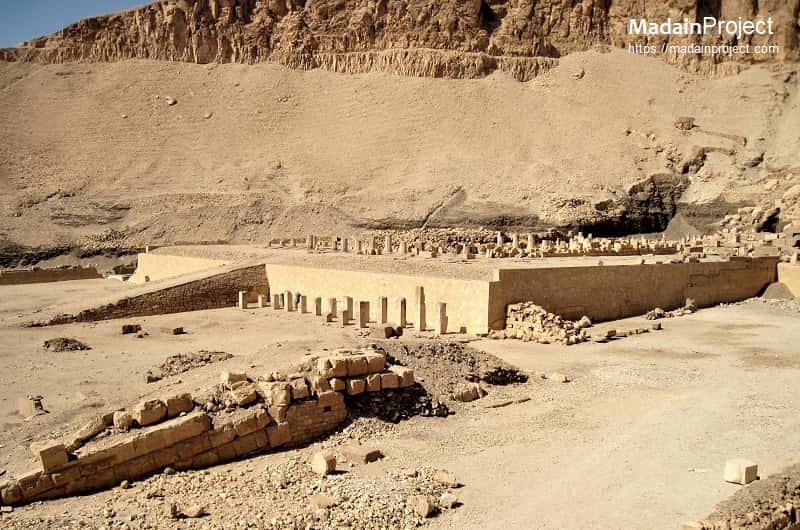
The mortuary temple of Mentuhotep II, a grand undertaking, showcased numerous architectural and religious advancements. Notably, it featured terraces and sheltered pathways encircling the central edifice, marking the first instance of linking the pharaoh directly to the deity Osiris. This pioneering design influenced subsequent temples, including those constructed by rulers like Hatshepsut and Thutmose III during the Eighteenth Dynasty. Some depictions of Mentuhotep II seem to indicate his illnesses. Read More

The Luxor Museum is an archaeological museum located in the city of Luxor, Egypt, on the east bank of the Nile River. Established in 1975, the museum showcases a wide range of artifacts from the area, primarily focusing on the ancient city of Thebes and its nearby necropolises, including the Valley of the Kings and the Valley of the Queens. The museum's collection includes a variety of items such as statues, pottery, jewelry, and everyday objects, offering a glimpse into the daily life, religious beliefs, and artistic achievements of ancient Egyptians. Read More
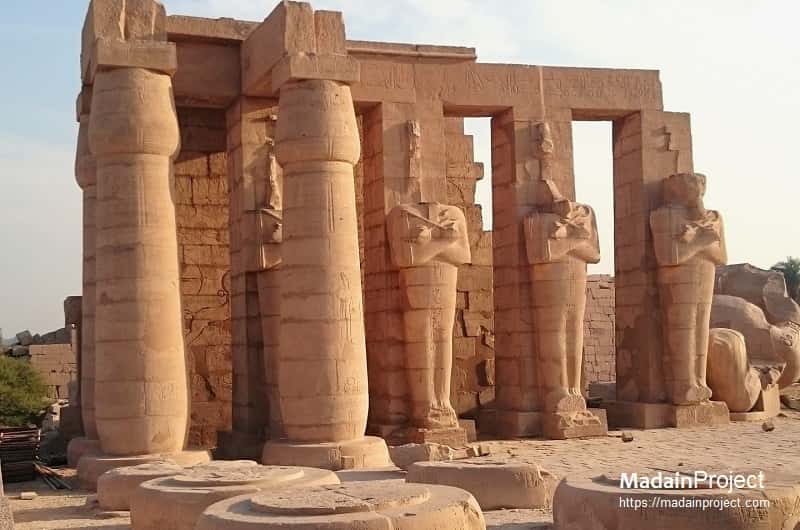
The Ramesseum is an iconic ancient Egyptian temple complex built by Pharaoh Ramesses II during the thirteenth century BCE. This grand structure, often referred to as the Mortuary Temple of Ramesses II, was dedicated to the god Amun and served as a memorial to both the pharaoh and the divine. Constructed over several decades, the Ramesseum boasts remarkable architectural features, including colossal statues, massive pylons, intricately decorated walls and a colossal seated statue of Ramesses II. Read More
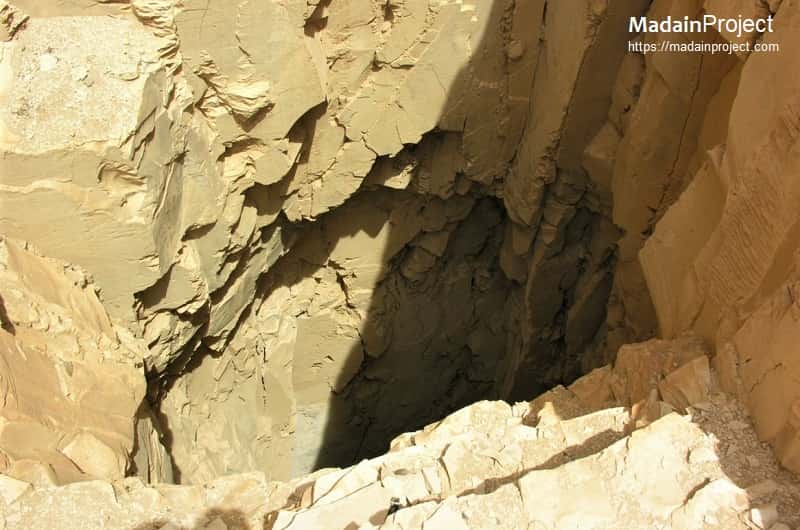
This burial site, although not originally designed for the royals interred within it, played a significant role in preserving the remains of several pharaohs, including Amenhotep I, Thutmose II, and Ramses II, along with various high-ranking officials and members of the royal family. The cache included not only mummies but also intricately crafted coffins, funerary masks, and precious jewelry, providing invaluable insights into the burial practices and artistic craftsmanship of ancient Egypt. Read More

The Avenue of the Sphinxes is an ancient ceremonial pathway that once connected the temples of Karnak and Luxor in the city of Thebes, modern-day Luxor, Egypt. This grand avenue was used for religious processions during festivals and played a significant role in the religious and cultural life of ancient Egypt. Stretching over 1.5 miles (3 kilometers), the Avenue of the Sphinxes was lined with numerous sphinx statues, mythical creatures with the body of a lion and the head of a human, symbolizing strength and wisdom in ancient Egyptian mythology. Read More

The Mummification Museum in Luxor, Egypt, is a unique and fascinating institution dedicated to the ancient Egyptian practice of mummification and the rituals associated with the afterlife. One of its highlights is the collection of mummies, ranging from humans to various animals like cats and birds, offering a comprehensive view of the diverse practices of mummification. The museum explains the techniques used by ancient Egyptians in the mummification process, providing insights in to the religious and spiritual beliefs that guided these practices. Read More
Signup for our monthly newsletter / online magazine.
No spam, we promise.